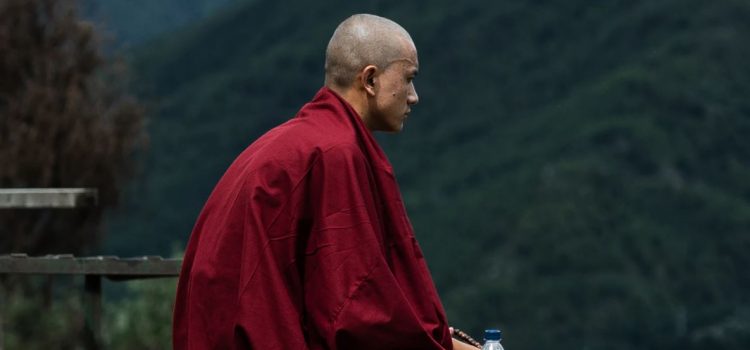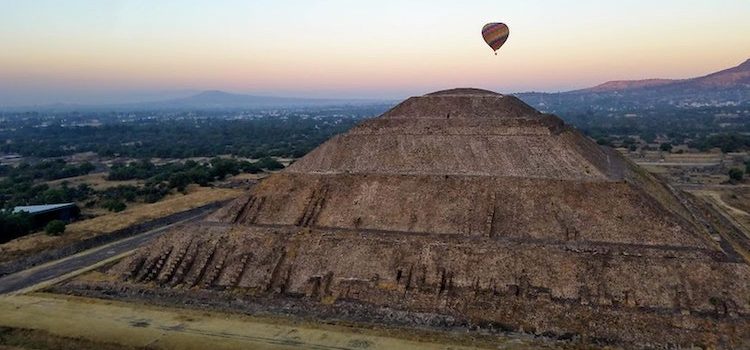What are some of the best Think Like a Monk quotes from Jay Shetty? What can Shetty teach you about adopting a monk mindset? Former Vedic monk and award-winning content creator Jay Shetty claims that the route to happiness and fulfillment is to think like a monk. According to him, monks are the calmest and happiest people in the world because they live with a sense of purpose that aligns with their true, inner selves. Continue reading for some of the best quotes from Think Like a Monk.
Think Like a Monk: Quotes by Jay Shetty










